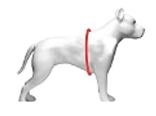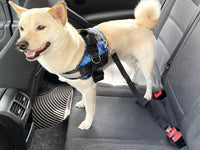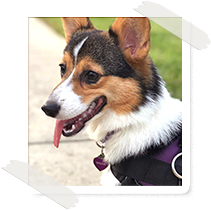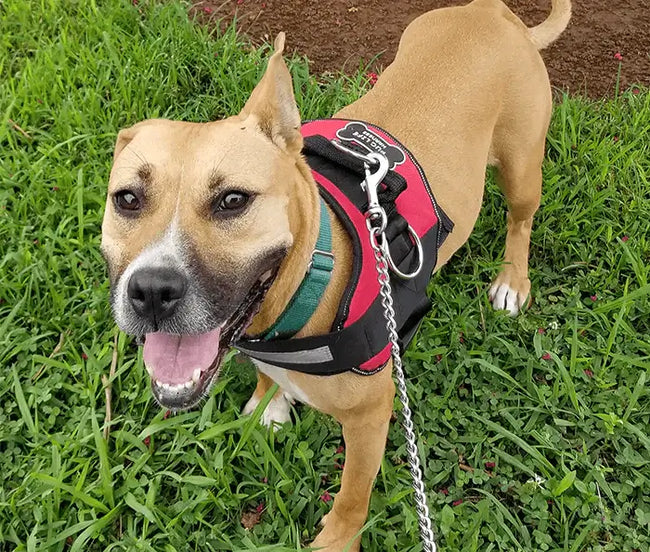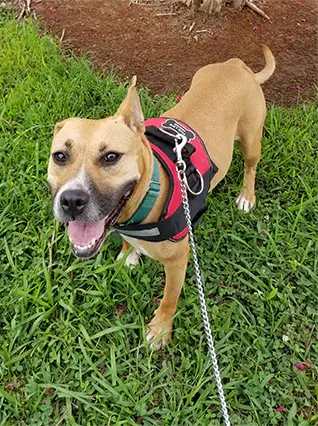Do dogs' behaviors reflect their humans?

It’s no secret that our dogs are our babies. They’re part of our family and you more than likely say the same about your fur baby.
If you think back to movies like 101 Dalmatians and dive into conversations that have occurred in pop culture, you’re likely to dig up a common idea that dogs typically take after their owners; their humans. Sure, these depictions are over exemplified like showing dog owners with similar hairstyles as their fur babies, but the wonder of similarities goes deeper.
If babies can grow and take after their parents when it comes to mannerisms and personalities, can the same be said about dogs? Does a dog’s behavior reflect that of their human companions?
This blog post might surprise you.
A new study from the Oregon State University touch landed on Science Daily back in February 2021 with a focus on dogs mirroring behaviors.
The Study
The researchers at the Oregon State University recruited 30 kids between the ages 8 and 17 to take part in this study to determine who in the family household is more likely to influence their dog’s behavior.
The dogs that took part in the study - hosted in a large, empty room - belonged to each of the respective 30 kids taking part in the study. With the room taped off with color-coded tape, “the children were given instructions on how to walk the lines in a standardized way with their off-leash dog.”
According to the Science Daily source, the researchers’ experiment was documented on camera and analyzed with these factors in mind:
- “How much time the dog and child were moving or stationary at the same time”
- “How much time the dog and child were within 1 meter of each other”
- “How much time the dog was oriented in the same direction as the child”
The Results
In their observations, these researchers determined that:
- 60.2% of the time, active synchronization (time the dog and child were moving or stationary at the same time) occurred
- Dogs were within 1 meter of their child on average of 27.1% of the time
- Dogs were oriented in the same direction 33.5% of the time
What’s the point?
This study initially caught our attention because it suggested that dogs are more likely to reflect the behavior of children as opposed to adults, but when you further dig into their evidence, the studies are continuing and not all conclusive. In a previous study with adult dog owners, the percentages were higher but the point is not all lost as they continue their studies!
With this study, they were able to determine that when it comes to children and their family dog, the child does hold some influence in the behavior of your dog. This means that they are capable of training to an extent.
Are there risks?
As shared by Science Daily: "We still have a lot to learn about the dog-child relationship" Udell said. "We're hoping this research can inform the best ways to shape positive outcomes and mitigate risks by helping children interact with dogs in a manner that improves the relationship and ultimately the welfare of both individuals."
This is just a sampling of tips and informational posts we offer at Joyride Harness. You can find more content including tips and tricks and how-tos for caring for your dog on our blog in this section.







